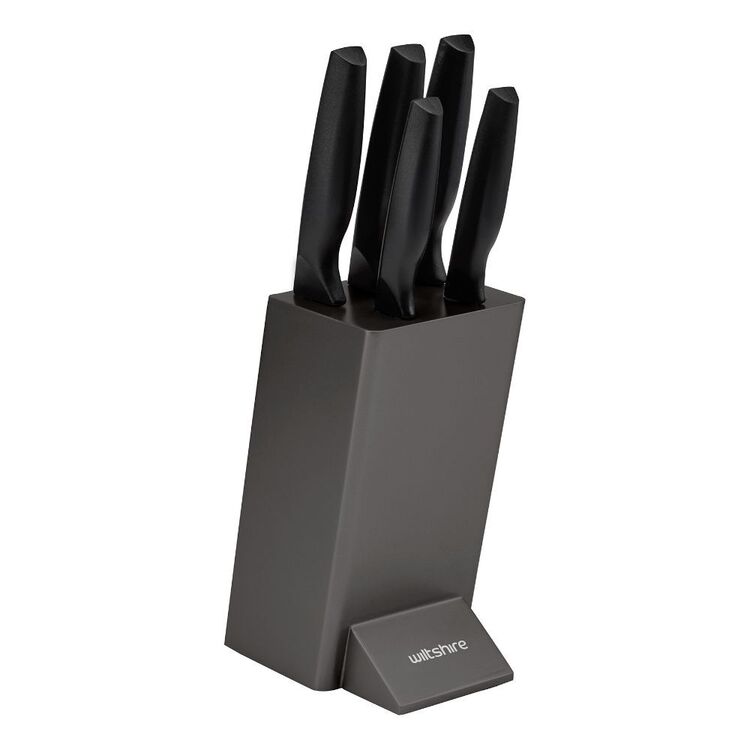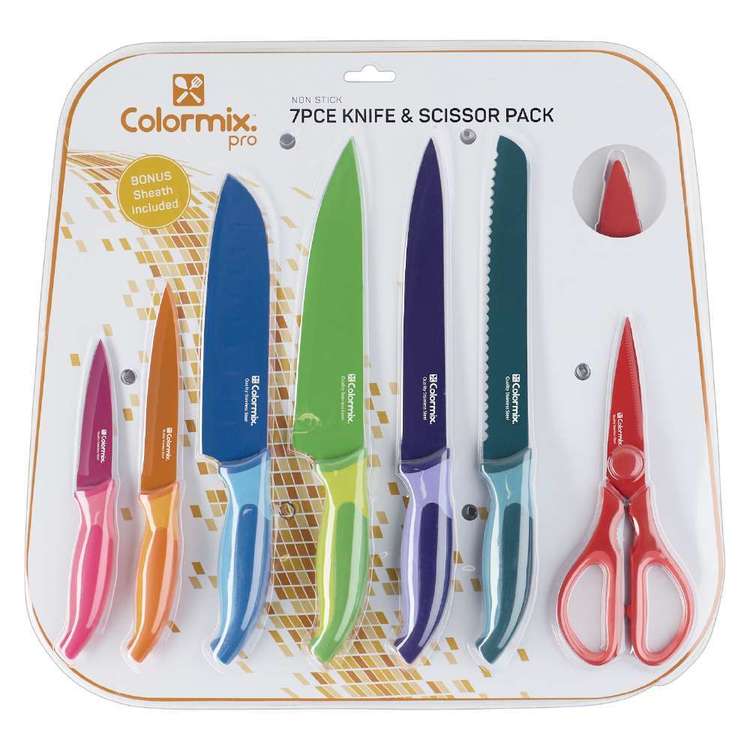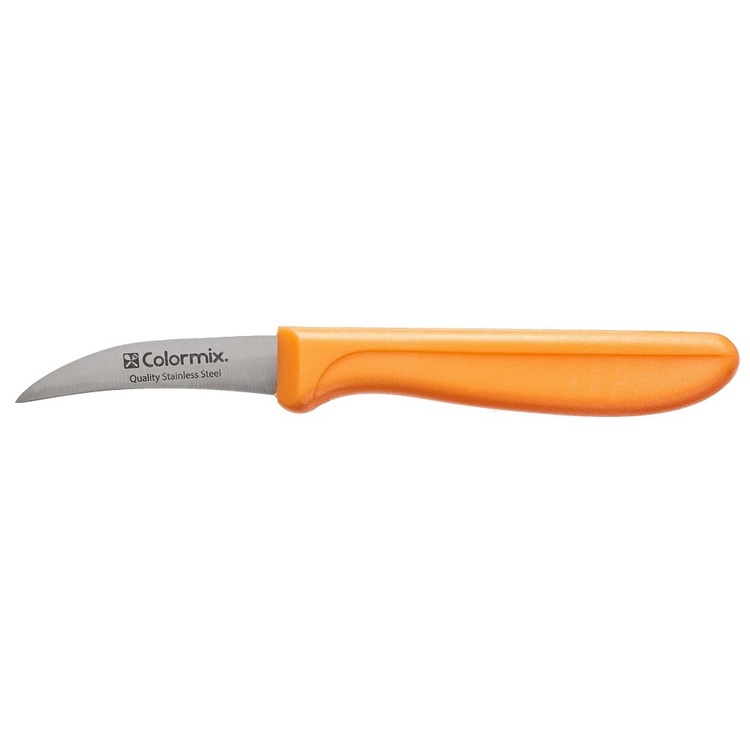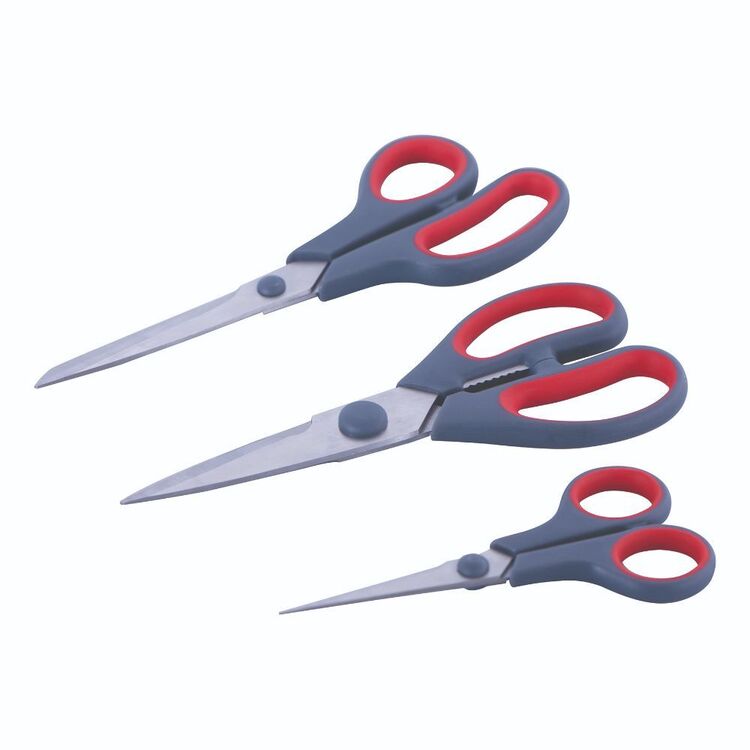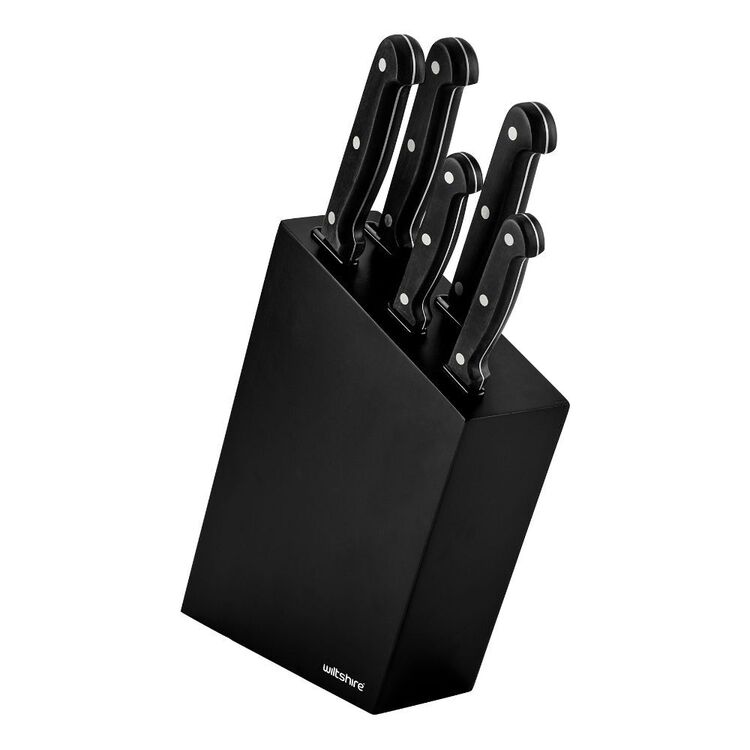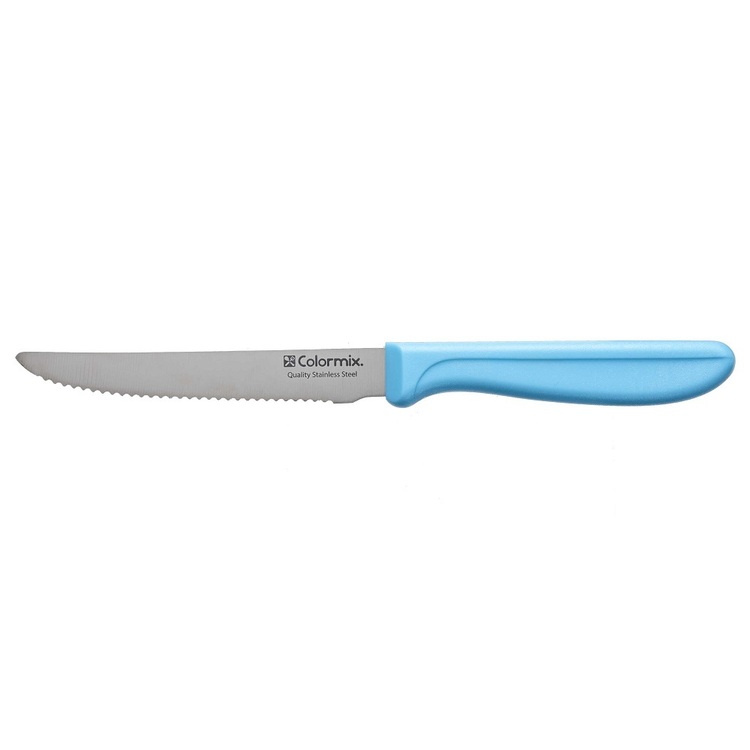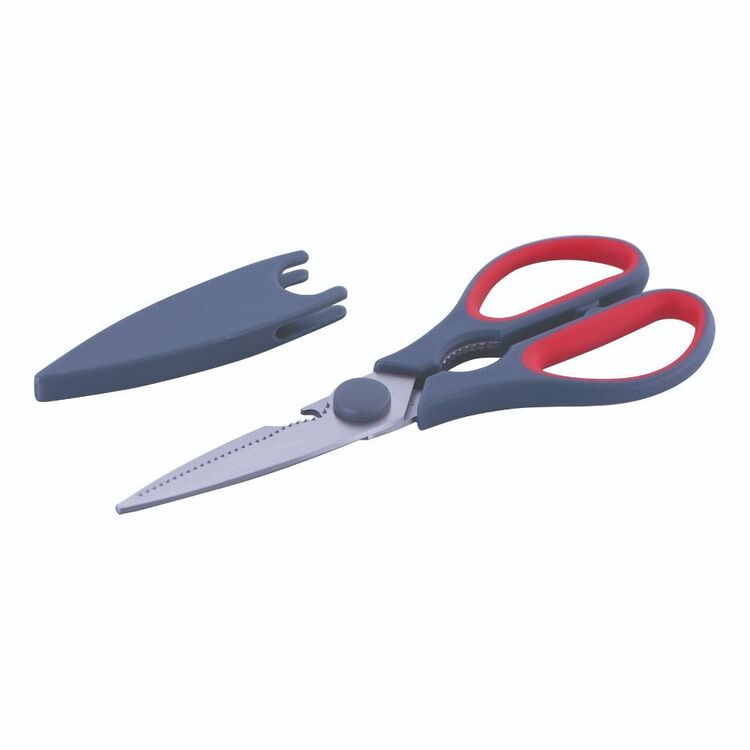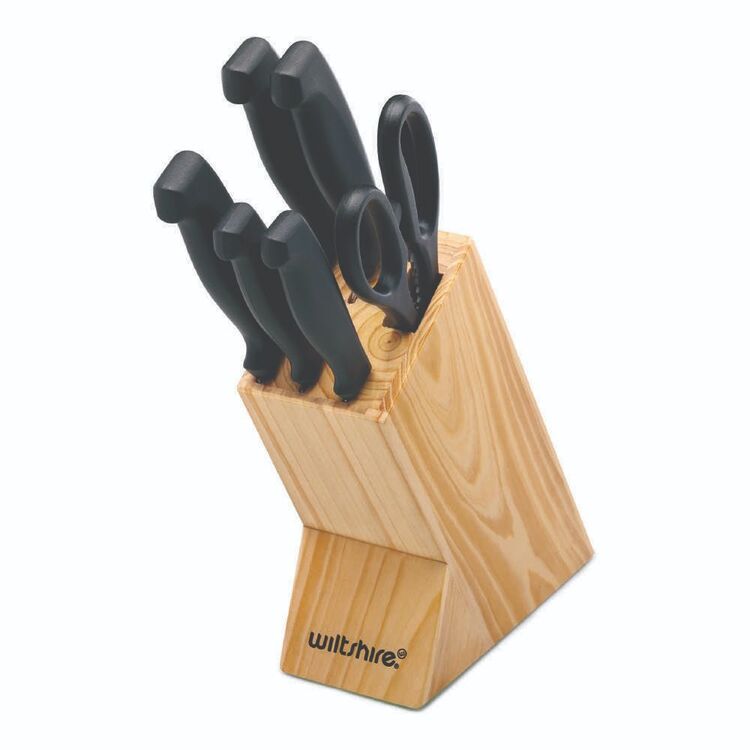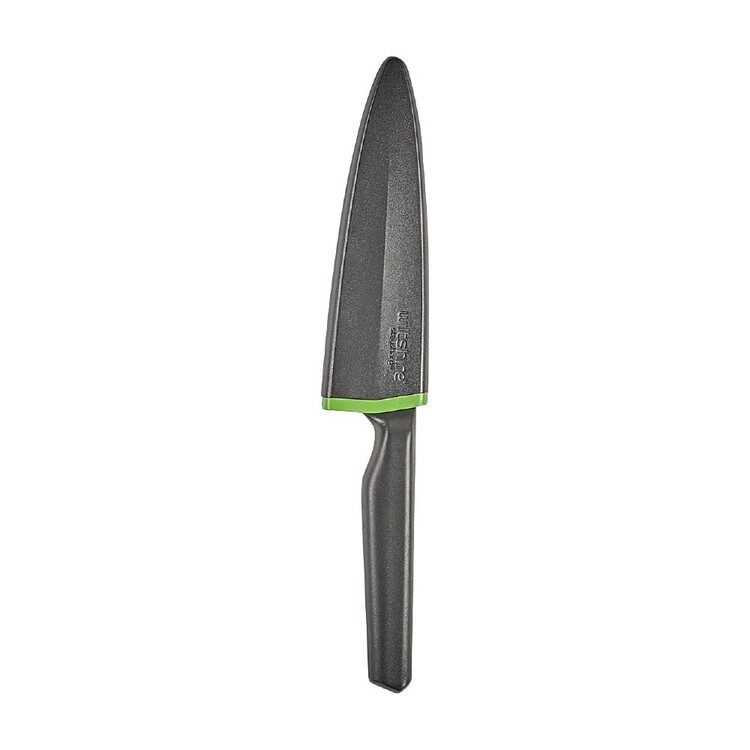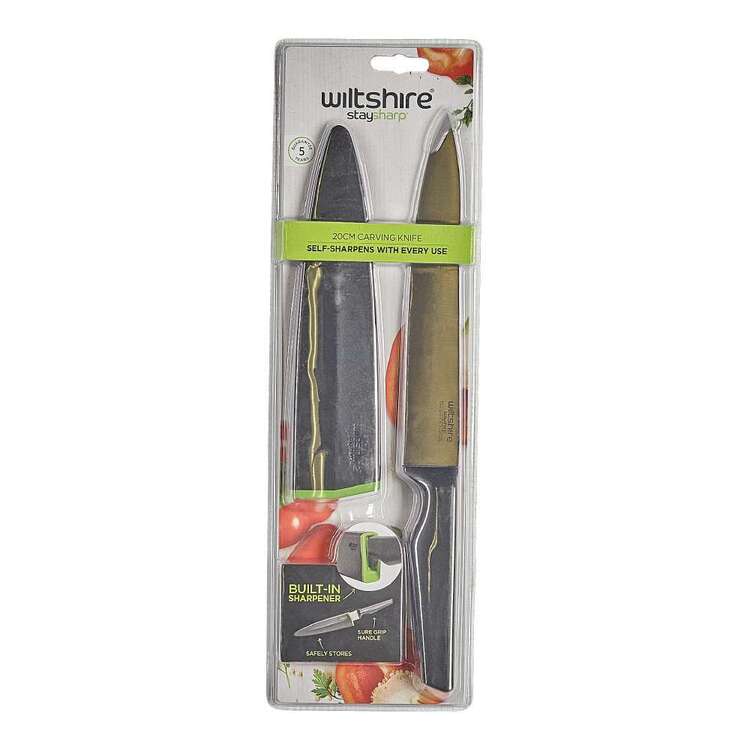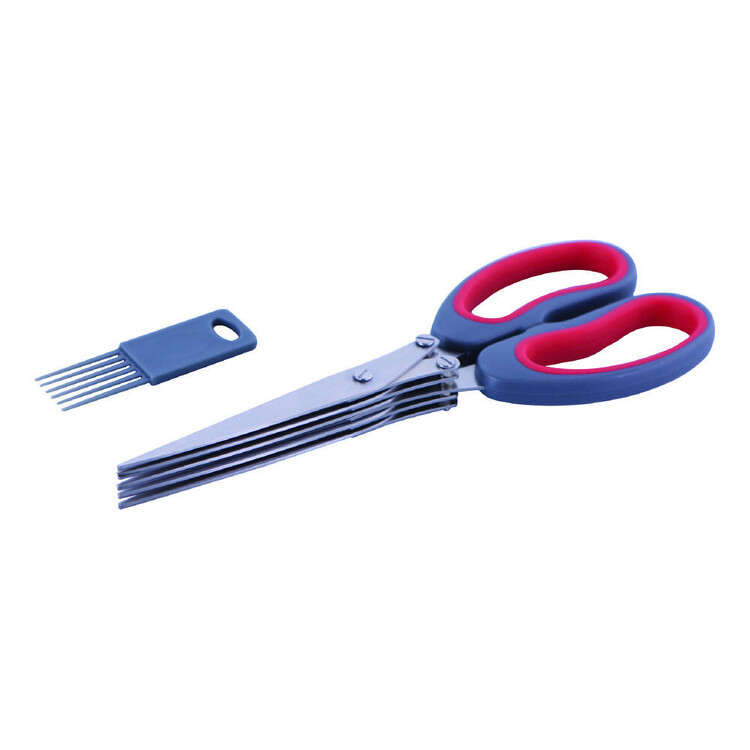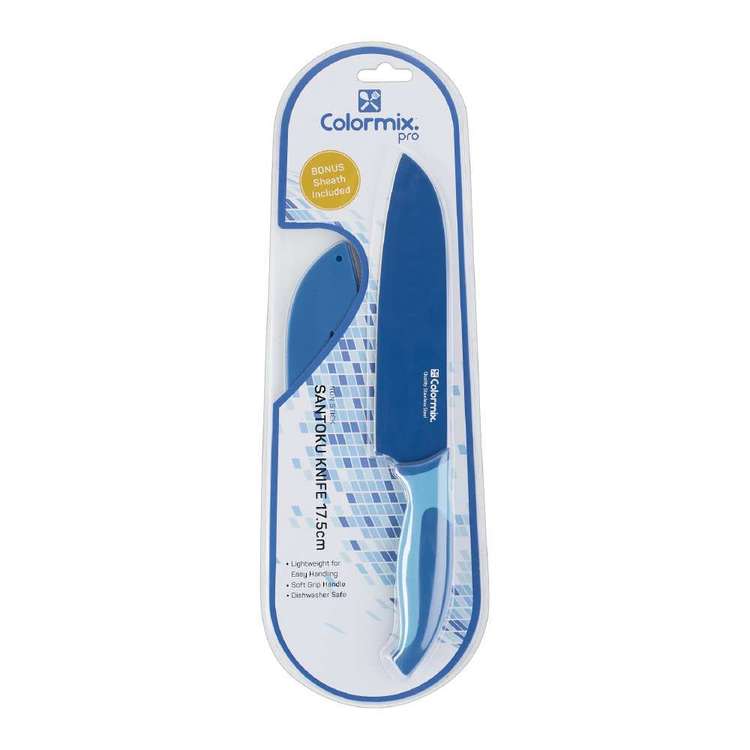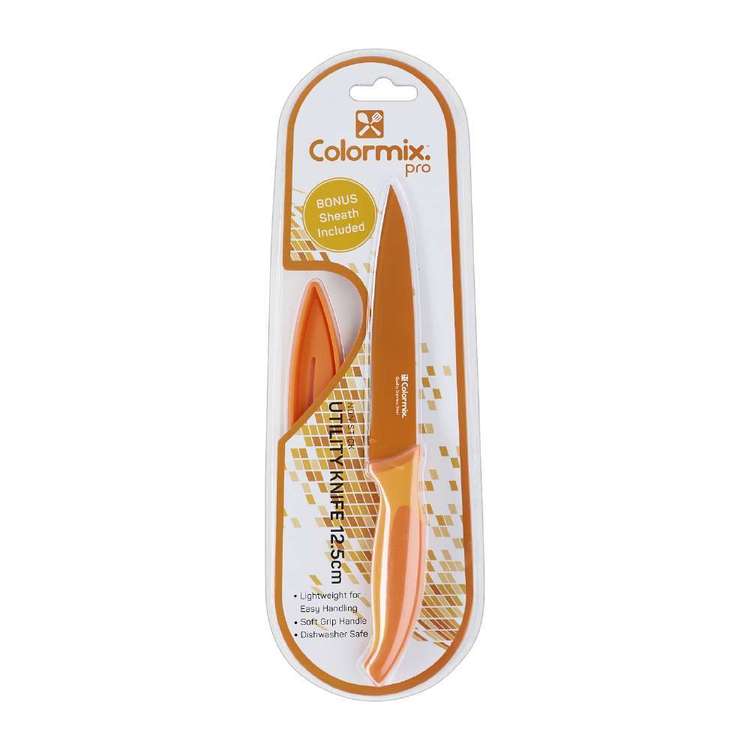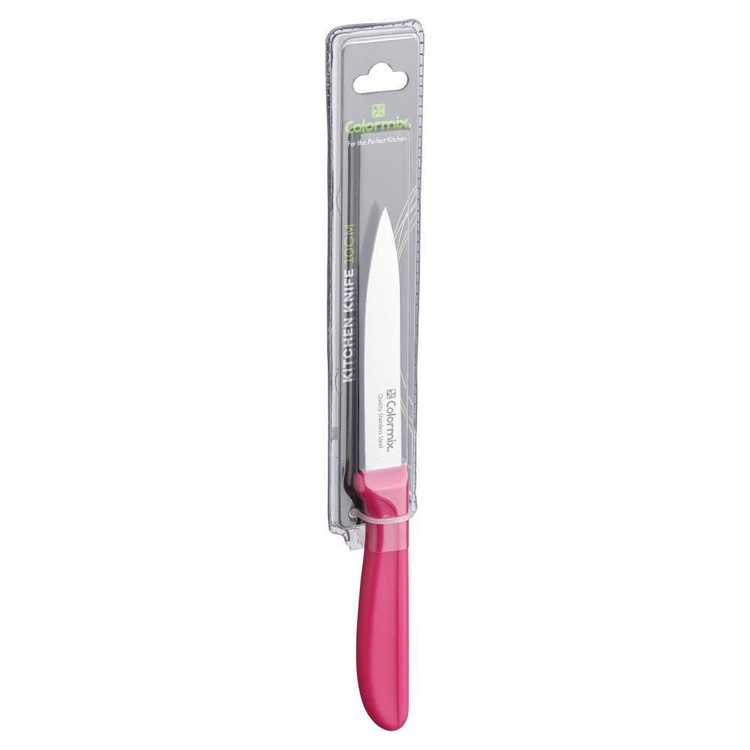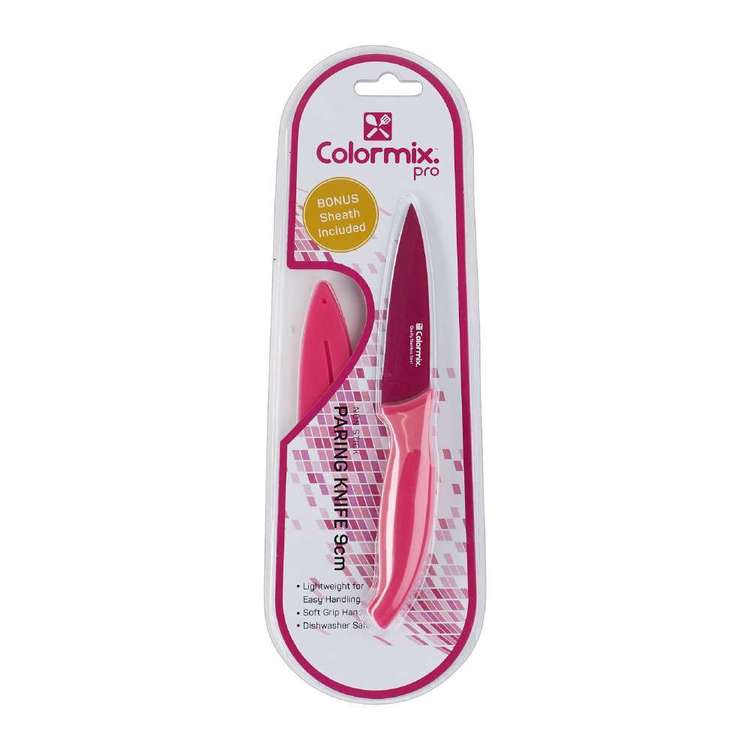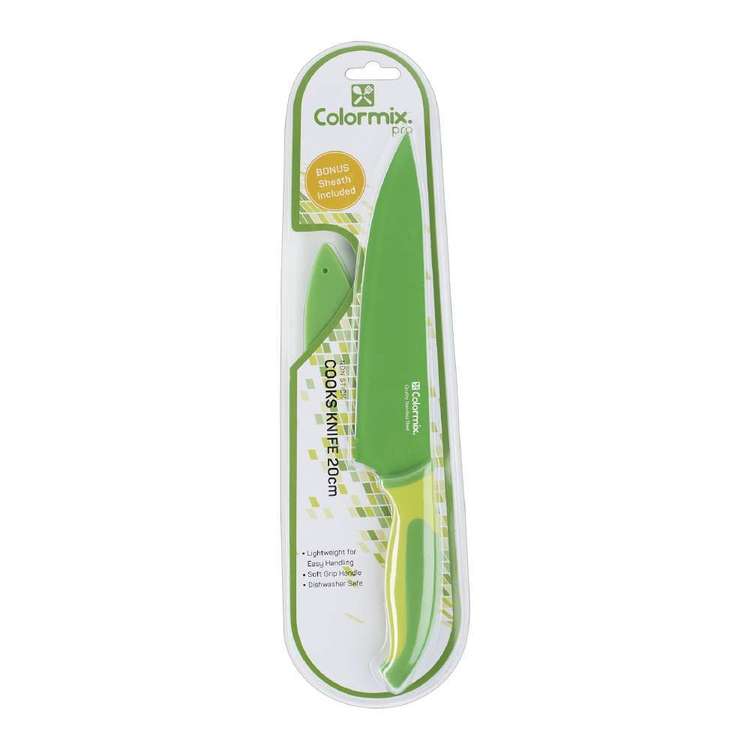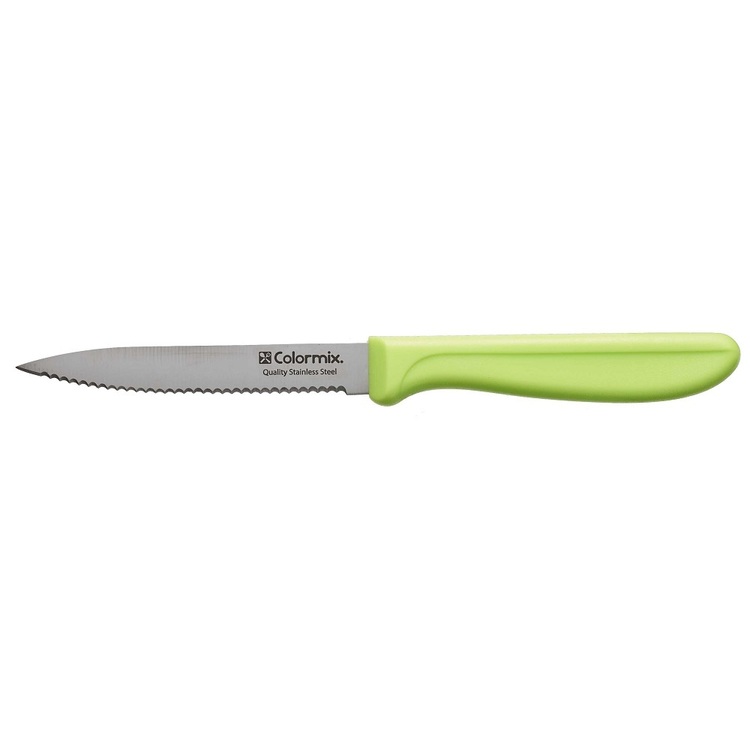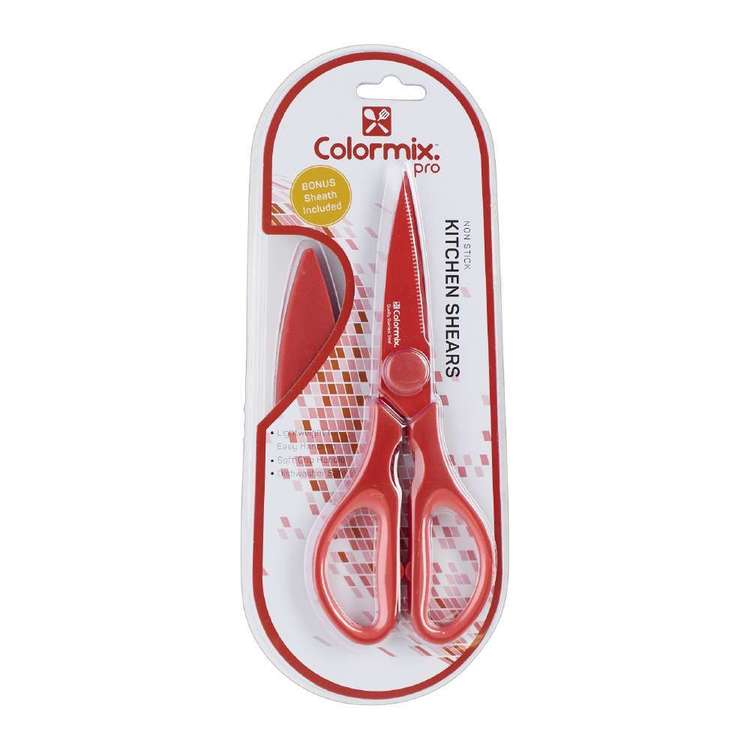 | ||
| Your browser is not supported. | ||
|
Please browse our site using any of the following options:
| ||
Kitchen Knives & Scissors
Slice and dice with our kitchen knives & kitchen scissors designed to take the muscle out of cooking. Shop kitchen knives & shears at Spotlight now.
25 items found.
Prep Food Like A Pro With Spotlight's Kitchen Knives And Kitchen Scissors
Cut quickly, easily and safely with Spotlight's range of quality kitchen knives and kitchen scissors. You can find a huge range of knife variations and kitchen shear and scissors types in our collection, ensuring you can find a cutting tool for any protein, vegetable, fruit or carbohydrate. Keep an eye out for quality brands like Wiltshire, Colormix and Fiskars for kitchen knives and scissors you can count on!
Whether it's individual kitchen knives, comprehensive knife blocks or quality kitchen shears that you need, browse our range and discover the perfect kitchen cutting tools at Spotlight.
What To Look For In A Good Knife Set
If it's a chef knife set you're after, we've got plenty for you to choose from. When choosing a knife set, here are some things to look out for:
- Does it come with a block? Knife blocks are a great way to store your kitchen knives, and they can also add a touch of natural warmth to your kitchen.
- Does it come with a honing rod? If you want to maintain your kitchen knives, honing them with a steel rod is a great way to start. Some knife blocks and knife sets come with these rods included.
- What are the blades made of? Stainless steel is the most common knife blade material, as it is stain and rust-resistant, but it doesn't sharpen well. Carbon steel is harder to maintain but sharpens better and will last longer than stainless steel if cared for properly.
Browse the range of kitchen knife blocks, kitchen shears and individual knives to find the perfect kitchen knives and scissors for your needs!
Kitchen knives and scissors FAQ
What kitchen knives?
Kitchen knives are metal blades with supportive handles used for cutting up food to be cooked and eaten. They are designed to be easy to clean and sharpen, and come in many different varieties to be used with different kinds of food.
What are kitchen scissors used for?
Kitchen scissors, also known as kitchen shears, are large, powerful scissors used for chopping up food, opening packaging, trimming herbs and more! Some knives have edges for cracking nuts and opening bottles as well. Kitchen shears are very handy for quickly cutting up spring onions, trimming kitchen twine, chopping up raw chicken and separating herbs from their branches.
How to clean kitchen scissors
Kitchen shears and scissors can be cleaned like any other kitchen utensil. They can be washed in the dishwasher on a hot cycle, or in the sink using hot, soapy water. If you are hand washing your kitchen shears, it's important to open them and give the inner joins, screws and edges a good scrub before letting them dry. Don't leave your kitchen scissors to soak, as it can encourage bacteria and rust to form.
What Else Can I Find At Spotlight?
Check out the full kitchen range for everything you need to whip up a fabulous meal for your friends and family! You can find all sorts of useful kitchenware and tools at Spotlight, including:
- Chopping boards: We have chopping boards made out of wood, hard and soft plastic for all your food prep needs.
- Kitchen utensils and gadgets: All the bits and pieces you need to make cooking a lot easier can be found here, including thermometers, tongs, twine and more!
- Food preparation: You can find all your food prep tools and accessories here, including weighing and measuring gadgets, BBQ tools, mixing bowls, boards and whisks.
Find The Right Kitchen Knives And Scissors At Spotlight
Ready to buy? Shop through our extensive range of kitchen knives and scissors and buy online, then have your order home delivered. But first, you might like to browse our buying guides on how to choose the essentials in kitchen tools, utensils and knives - and don't forget our kitchen knife care guide! Alternatively, head into a Spotlight store to check out the different cleaning accessories available and speak with one of our friendly customer service team who'll be happy to answer your questions.




